The Jaguar XFR didn’t shout about what lay under its vented bonnet. It didn’t come at you with menace and trinketry like the E60 BMW M5 or Maserati Quattroporte, because it wasn’t trying to be a fast saloon - it was trying to be a fast Jaguar.
It may have been derived from a ubiquitous saloon (albeit a handsome one), but the only visual changes made to distinguish it were a more prominent beltline, bonnet nostrils, ‘Supercharged’ lettering on the wheel nuts and quad rear exhausts. But it was modest about its prowess, like a true British gent.
With a UK-produced 503bhp supercharged 5.0-litre V8, it had the characteristic growl of two lions tussling for a lioness’s favour. Its top speed was (leniently) limited to 155mph. It could reach 62mph in 4.7sec. And when we tested it, this 1891kg businessman’s express hit 160mph within three-quarters of a mile.
But should any of that come as a surprise? This was Jaguar’s answer to the fastest sporting saloons of the day, after all.
What did come as a surprise was the uneventful delivery of said performance, because refinement was its trump card. Among a sea of Nürburgring-slaying performance cars with chassis of granite, the XFR had adaptive suspension for the sort of pliancy that made every British road feel freshly laid – truly something novel.
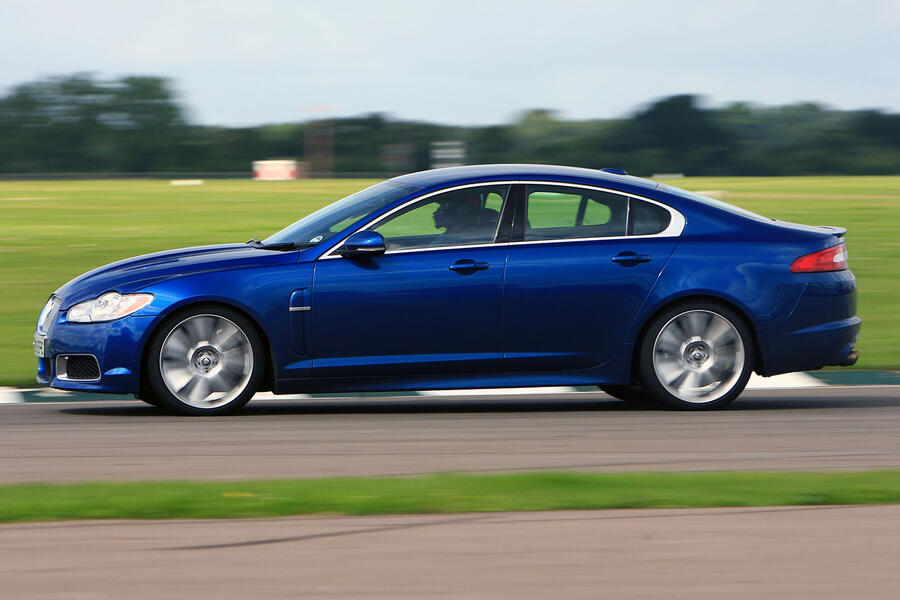
When the time was right, a lower ride height and 30%-stiffer springs came together to make it a manageable and discoverable machine. You could probably knit while powersliding it.
A quick-ratio steering rack, twin-piston 380mm front brakes and single-piston 376mm rear brakes, a mechanical limited-slip differential and standard-fit Pirelli P Zero tyres made it so manipulatable that it kept the M5 in check around our dry handling track when we tested them together in 2009.
Given the laissez-faire way in which the XFR delivered its enormous performance, you might expect the interior to have been similarly understated – and you'd be absolutely right.
Just enough chilli powder was sprinkled over the standard Jaguar XF cockpit to give it a tasty kick. You will find stitched leather, strategically placed R badges and a red-needled speedometer that doesn’t stop until 190mph.
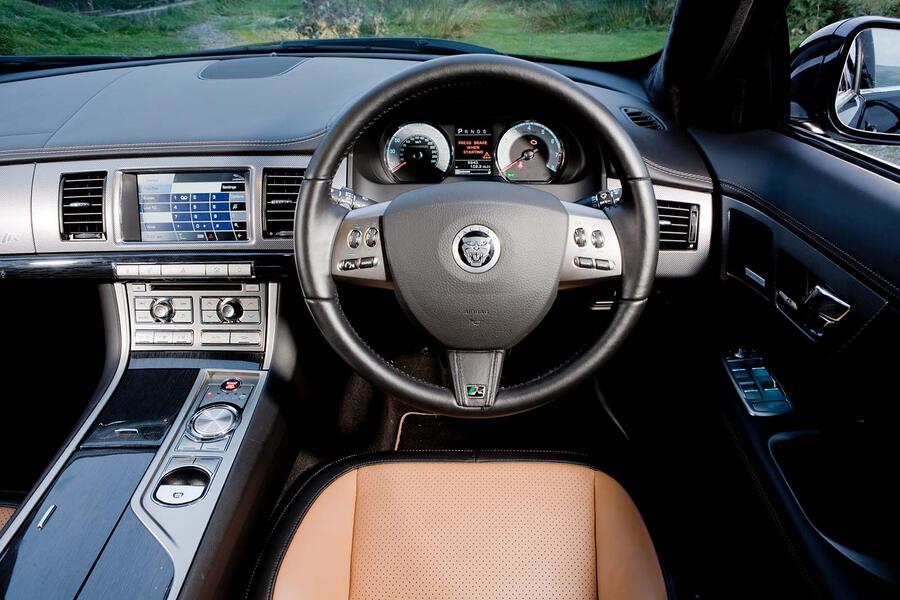
The infamous pulsating start button, rising gear selector and rotating air vents still feature too, thankfully. Could this lack of bespoke detail be a disadvantage? That entirely depends on your tastes. You could also complain that the infotainment looks outdated or that fuel economy isn’t its strong suit, but do those things really matter in such a machine?
The XFR shows that Britain can build a super-saloon to fight Europe’s best, growl like a big cat, be as accessible as a pair of trainers and be as refined as the standard model. In short, it’s as close to perfection as second-hand performance machinery comes.
What we said then
27 May 2009: “Five-star road test verdicts are pretty rare in this business, but the XFR deserves one more [star] than just about any car we can think of right now. It’s a quite extraordinary machine, and what defines it most obviously is its vast, almost never-ending range of attributes. On one hand it plays the role of refined mile-eater at least as well as any so-called luxury car, and on the other it has sufficient raw dynamic ability to drop a BMW M5 in a heartbeat.”
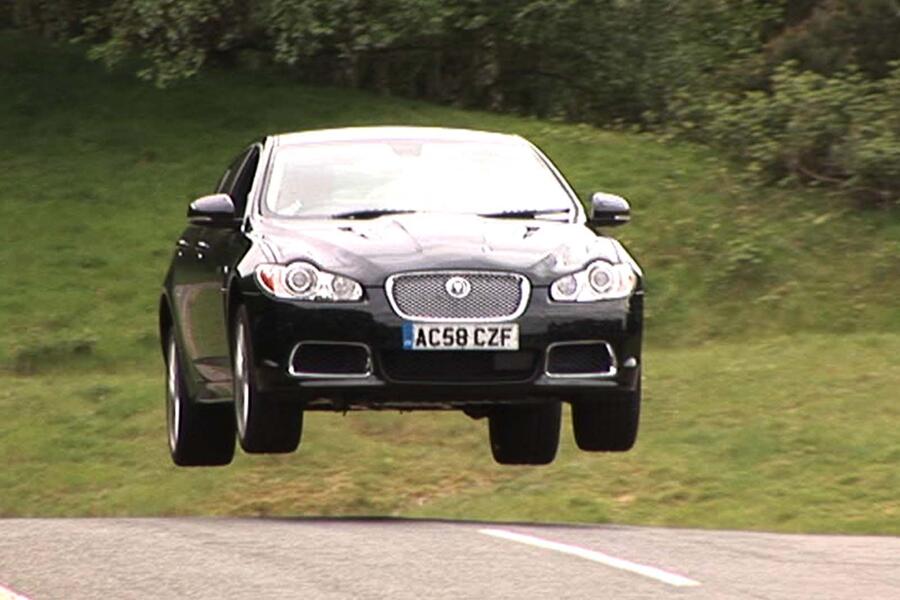
An owner's view
Jordan Mansfield: “Living with the XFR is what most people would imagine it to be. As a JLR product, it inherently has everything synonymous with the brand: style, power and problems. With only a few simple cosmetic adjustments over the standard XF, it’s ubiquitous unless you really do know what you’re looking for. The engine and exhaust note are where everything turns on its head and the party comes to life, especially if encouraged by a slight upgrade. This XFR is a great blend of power and practicality for daily life – if you can suffer the maintenance of a JLR car.”
Buyer beware
Fuel leak: Some cars, particularly those from 2010 and 2011, develop fuel leaks from the tank’s outlet pipe. This can be exacerbated by rust forming on the connecting edge of the pipe, which meant Jaguar had to recall some cars. Ensure this connection is checked over before buying.
Suspension: Owners have reported failure of the rear suspension’s upper control arms. This is detectable through the steering meandering, the steering wheel vibrating and excessive clunking noises coming from the rear.
Timing chain: There is a common issue of the V8’s timing chain jumping, due to some of the materials wearing excessively. Telltale signs are a rattle on cold starts or a warning about restricted performance on the dashboard.
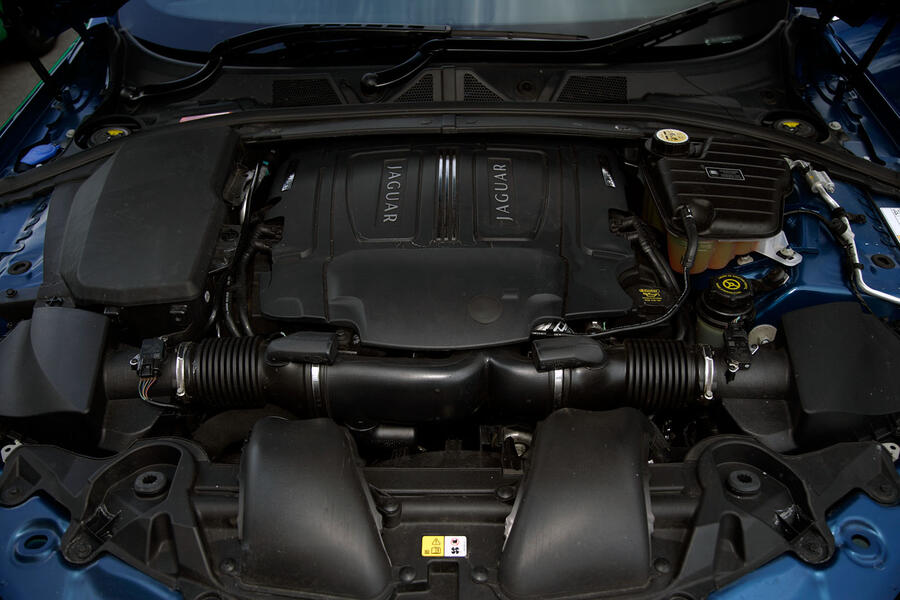
Water pump: These are known to fail after as few as 20,000 miles. This is caused by coolant corroding the water pump bearing, and it can lead to excessive wear of other components. Watch out for traces of coolant leaking around the water pump and/or a warning message about a low coolant level.
Hoses and pipes: Many of these are made of plastic that can crack and fail, allowing coolant fluid to leak out. Replacing one at a time can be an exhaustive process, so we recommend doing all of them if one needs doing.
Wheels: Those 20in alloys may look fantastic, but such size and low-profile tyres combine to make them easy to kerb. Check over all four wheels before you buy, as this can give a sign as to how well the car has been looked after. Any really significant scrapes could signify damage to the suspension.
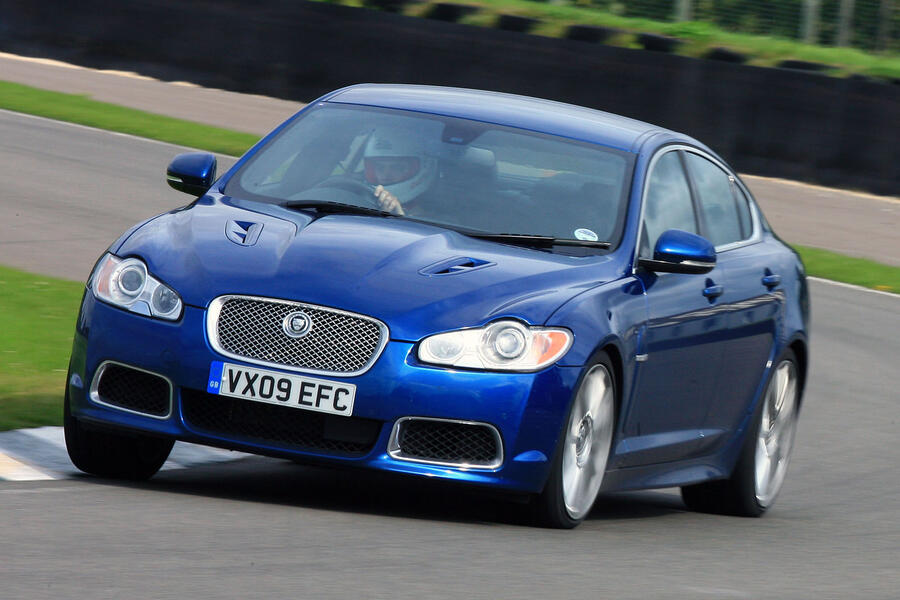
Also worth knowing
Repair costs for the XFR aren’t cheap, but most rivals’ are worse. Budget £850 for the exhaust system to be replaced (without a catalyst). The front shock absorbers will cost you £200 each if they need doing, front brake pads will set you back £120 and a decent set of tyres around £100 each. With official CO2 emissions of 292g/km, budget £2605 to tax an XFR for a year at current rates.
If the dated infotainment really is a sticking point for you, correctly sized touchscreens with the latest software are available on the aftermarket, albeit for several hundred quid.
How much to spend
£7000-£8999: Higher-mileage examples and some carelessly modified ones. Steer clear unless you can afford maintenance.
£9000-£10,999: Tidier examples with between 80,000 and 100,000 miles on the clock. Some are very well specified.
£11,000-£13,999: Cars with 70,000-90,000 miles, the majority in good nick with full service histories and some with warranties.
£14,000-£17,999: Sub-50,000-mile pre-facelift cars and some post-facelift cars with around 60,000 miles.
£18,000 and above: Lower-mileage, post-facelift cars.
One we found
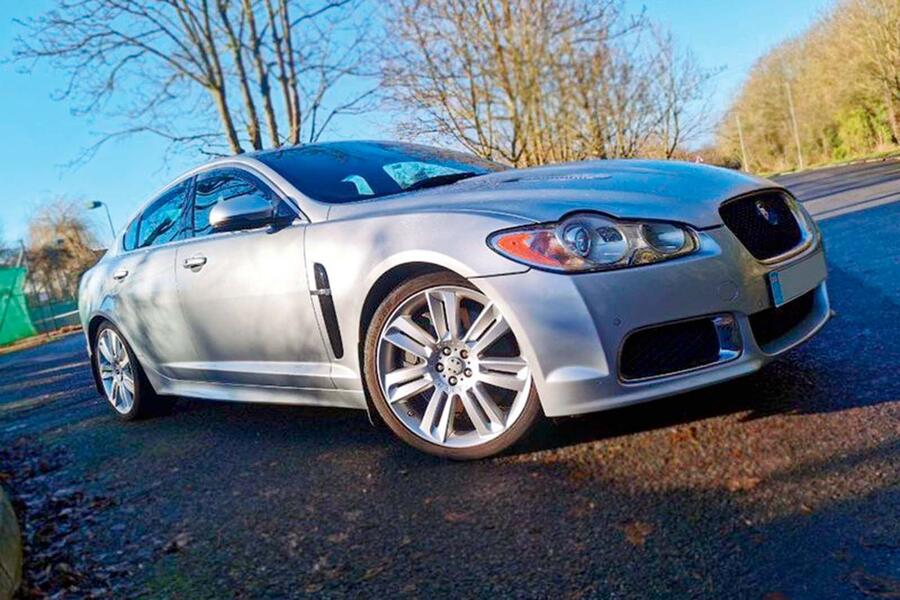
Jaguar XFR, 2010, 102,000 miles, £10,245: This is a leggier example but a tidy one nonetheless and in a desirable colour. A dark leather interior with light brown wood panelling makes it a typical Jag with a touch of modernity.

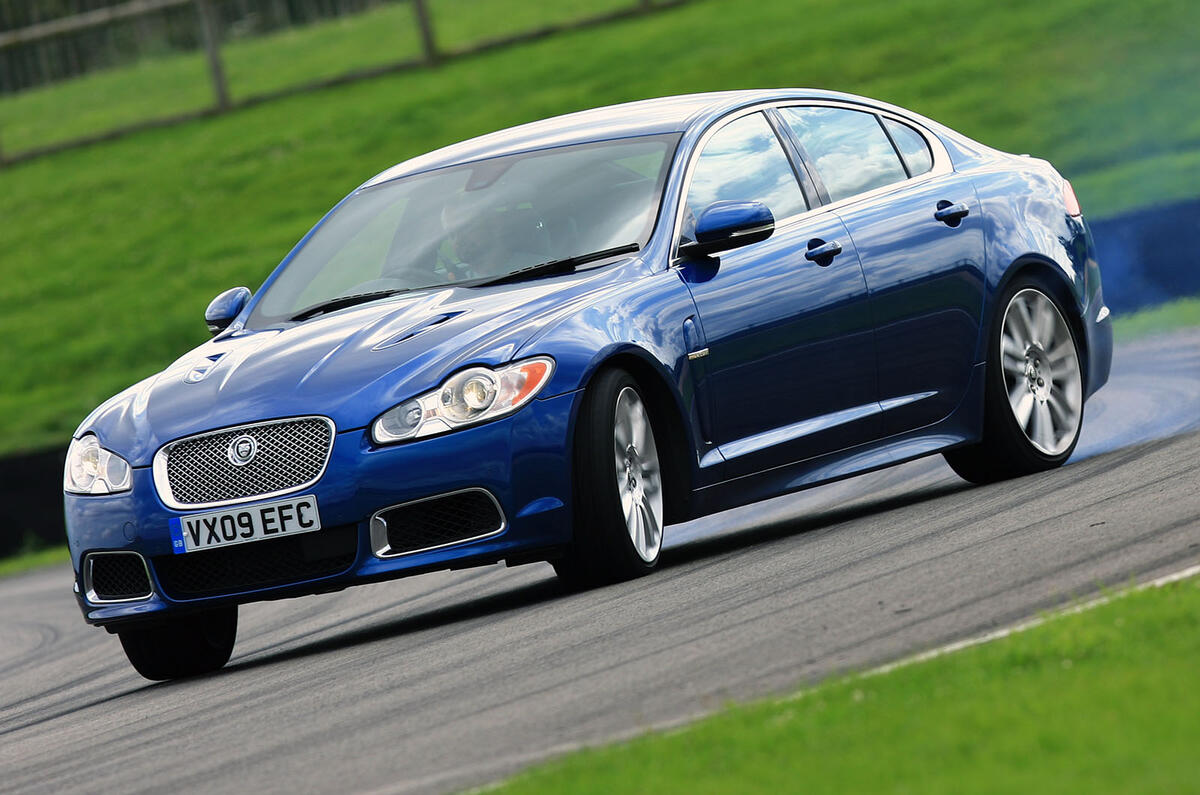

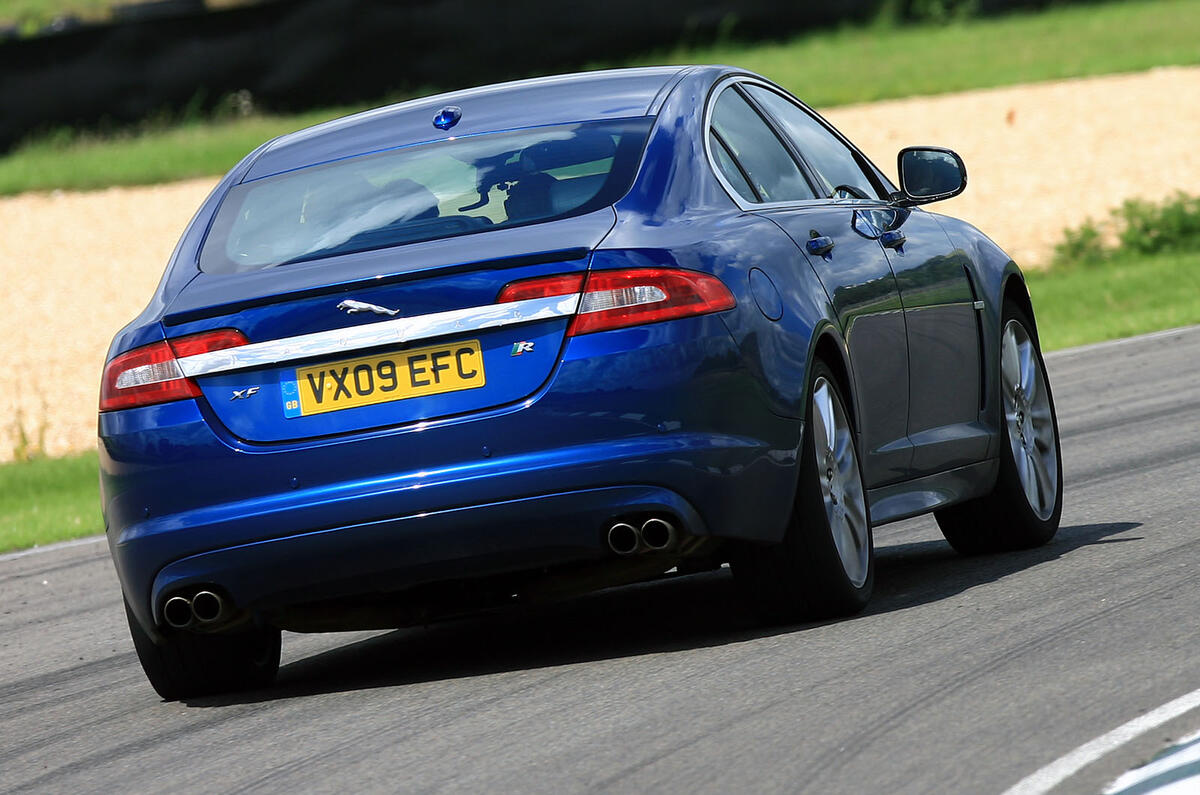


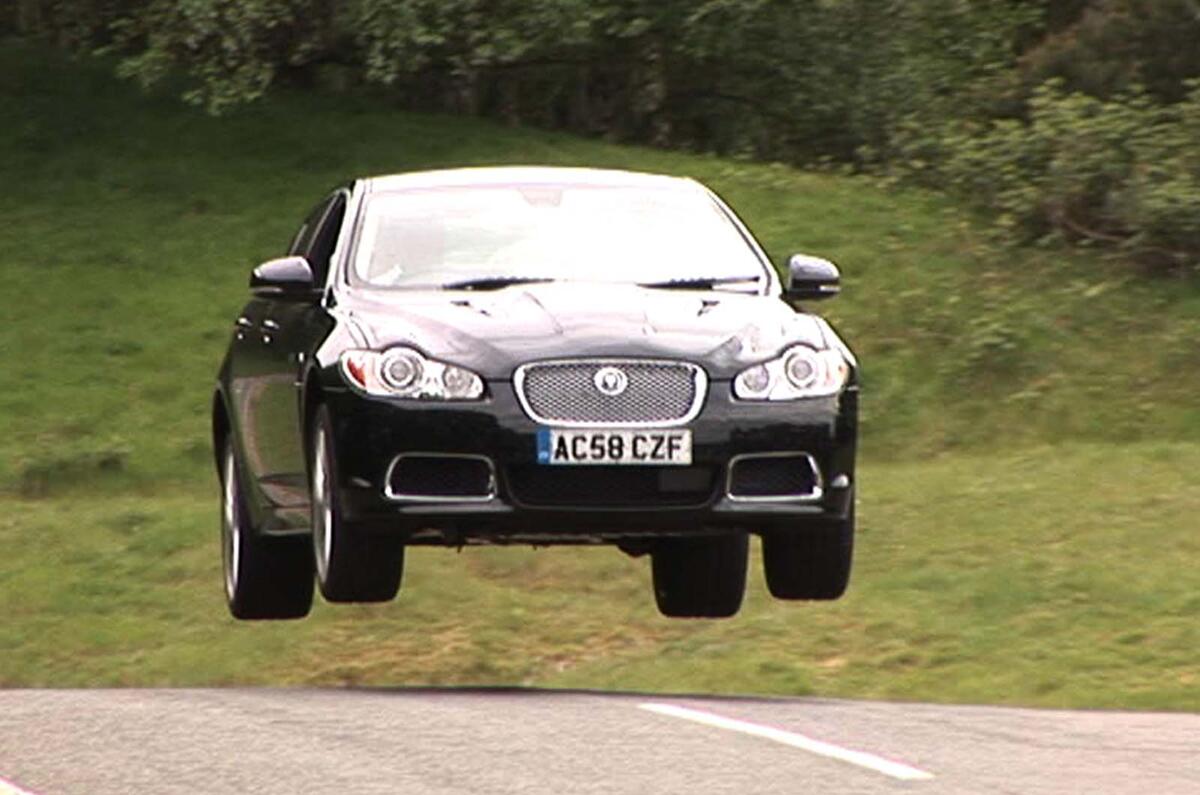

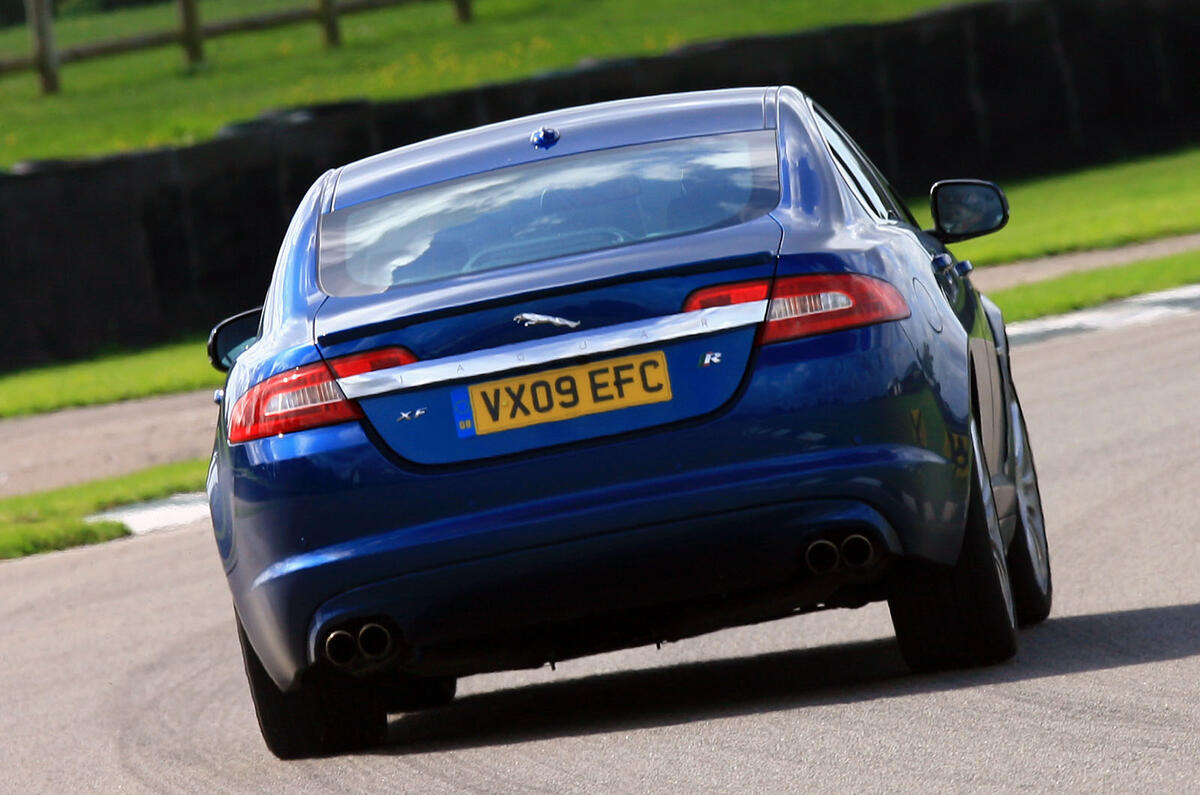


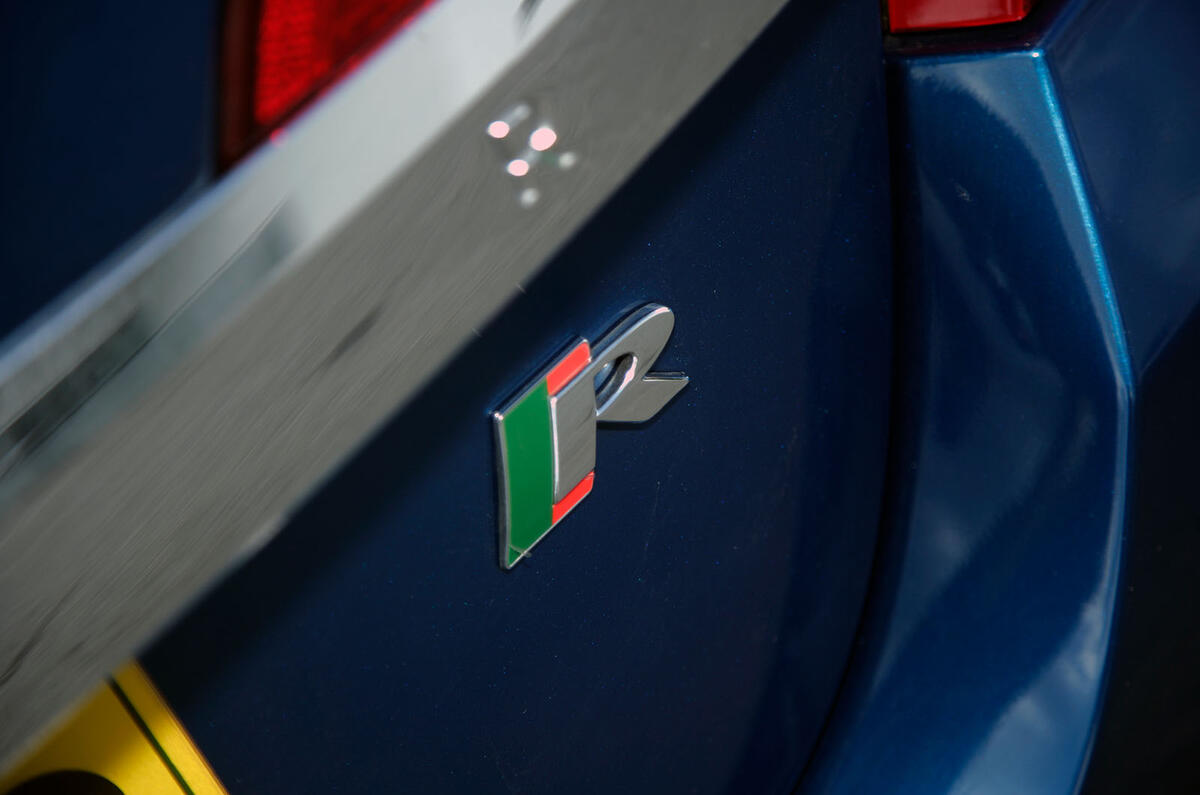
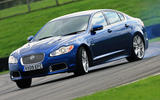
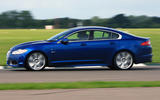

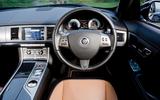

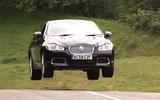




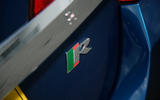






Join the debate
Add your comment
Still looks and sounds good! Better built then the second generation which had cost saving applied, compare the door handles!
The £2,605 rate applies only for the first year of a car registered after 1st April 2017.